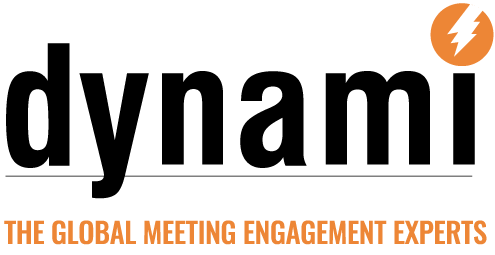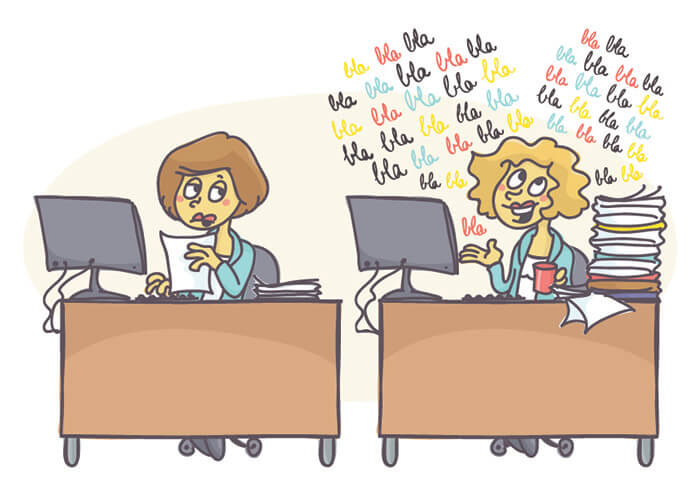Installment 1 Recap: A recent article in The Washington Post by writer Lindsey Kaufman entitled Google Got It Wrong. The Open-Office Trend Is Destroying the Workplace puts forth the premise that supposedly cool, new work environments – those free of cubicles, walls, doors and dedicated offices, even open-to-the-paying-public co-working spaces — maybe aren’t panning out as business leaders had intended.
Noise and visual distractions, too much proximity and too little privacy, and an inability to personalize workspace have not yielded the highly creative, super productive, collaborative environments the, ahem, experts anticipated. To the contrary, the concept has largely backfired, according to several industry studies; even resulting in some workers leaving jobs because they’re unable to perform at the high level they expect of themselves. More…
I shared the findings of The Washington Post article with you because it’s a great illustration of the adage, “The best-laid plans of mice and men often go awry”. Great idea but perhaps not enough homework was turned in.
We all want to design and execute fresh, new blockbuster programs. We’re all partners on the same trail — the eternal quest for the perfect meeting or event. Sometimes, we hit homers. Other times, grand slams. And sometimes, our attempts go … splat! Live and learn, right?
With the apparent flop of the “open office” concept as a learning opportunity, what steps can we take to ensure we design and execute highly innovative, engaging and impactful meetings that actually work and help us avoid the career-limiting … splat!
Openly speaking, here are eight recommendations:
Open Your Eyes. Step back and closely evaluate where you’ve been, where you are today, and where you need to be – as individuals, as an audience, and as an organization. Be sure to have complete clarity on your company’s vision for the next year, three years, or five years. Then design your program to support those business goals and objectives. Gaining clarity also provides you a “measuring stick” of sorts when designing your program. Does each topic being considered for agenda inclusion directly support the company’s stated vision, goals and objectives? If yes, bingo! If not, that topic gets drop-kicked to another forum.
Open Your Ears. Poll a cross-section (or the entire group) of meeting invitees well in advance of your program. What’s burning in their minds? What’s “mission critical” and what’s just “stuff” when it comes to potential issues and topics? Ask them how they prefer to learn (i.e., traditional meeting settings, online, with the aid of smart technology, in small groups, through role-playing, etc.). Ask them what environments make them most open to receiving and effectively processing information. Ask them what they believe has worked in the past, and what has not. Be duly diligent when doing discovery.
Open Your Sketchbook (figuratively or literally). Take the knowledge you have now that you fully understand your company’s business goals and objectives, and your invitees’ needs and how they prefer to learn, and start with a literal or metaphorical blank page. Pairing your audience’s needs with the intended trajectory of the company is the best way to lay a strategic, business-based foundation for a successful program that serves everyone. You can’t ice the cake before it’s baked and, correspondingly, you can’t develop creative until the business need is fully understood and a strategy-based foundation is in place.
Open Your Circle. When brainstorming, invite new team members from beyond your usual circle – from inside or outside your organization. The receptionist you greet every morning as you arrive at work may also happen to be a talented weekend decorator, artist or avid movie-watcher. He or she may offer just the creative spark or perspective you’re seeking. Infuse fresh, new talent and brainpower whenever and wherever possible.
Be Open to New Possibilities. More likely than not, your boss or client also yearns for a blockbuster program but is timid when it comes to moving away from proven (though perhaps weary) meeting formats that have worked in the past. Remind him or her the flip-phone was once great but the newer smartphone has rendered it passé so it’s time to adapt and adopt — adapt to the times and adopt tools and technology that weren’t available (or affordable) until now. Borrow from TED Talks and limit mainstage presentations to 17 minutes or less. Package “report-back” presentations in a 1-5-3 format – one topic, five slides, three minutes to present. Aside from utilitarian breaks, build in ample, designated “Reflection Periods” between presentation sessions that give attendees the opportunity to gather in small groups and discuss or debate what they just heard. Encourage them to list those things that need clarification or where they need more info then address them in a General Session for the benefit of all. Use audience response systems, push out event-related info via custom apps, welcome social media into the program design, etc.
Be Open to Feedback. Consider beta-testing your meeting design to see if your instincts are also spot-on intuitive. Do your homework. Remember the line I mentioned earlier — “The best laid plans of mice and men …”? Better to learn while there’s still time to course-correct vs. being asked to explain your thinking, post-event. Untested, hot ideas can earn you a one-way ticket to the hot seat.
Open Doors. Based on the setting and the season, take it outdoors. En plein aire or al fresco business sessions can be stimulating, refreshing and effective. Newness and departures from the expected are powerful catalysts for learning. (But remember the sunscreen!)
Open Your Mind. Don’t give up the quest! Imagination and innovation are infinite. Excellence has no ceiling. There is no limit to ideas that are not only new, novel and noteworthy, but can also have a massively positive impact on your audience and your company’s or client’s bottom-line.
Be open to everything!
CONCLUSION
Seemingly great ideas — like the open-office concept that has largely flopped — need to be tested before full implementation. The same is true when seeking a fresh, new approach to designing and executing a truly effective meeting or event. Do, do, do your due diligence!
Related Post: Open Office Trends and the Quest for the Perfect Meeting
Cheers,
P.S. – If Valentine’s Day totally slipped your mind (oops, it’s today!), be sure to do something for that special someone before the clock strikes midnight!





